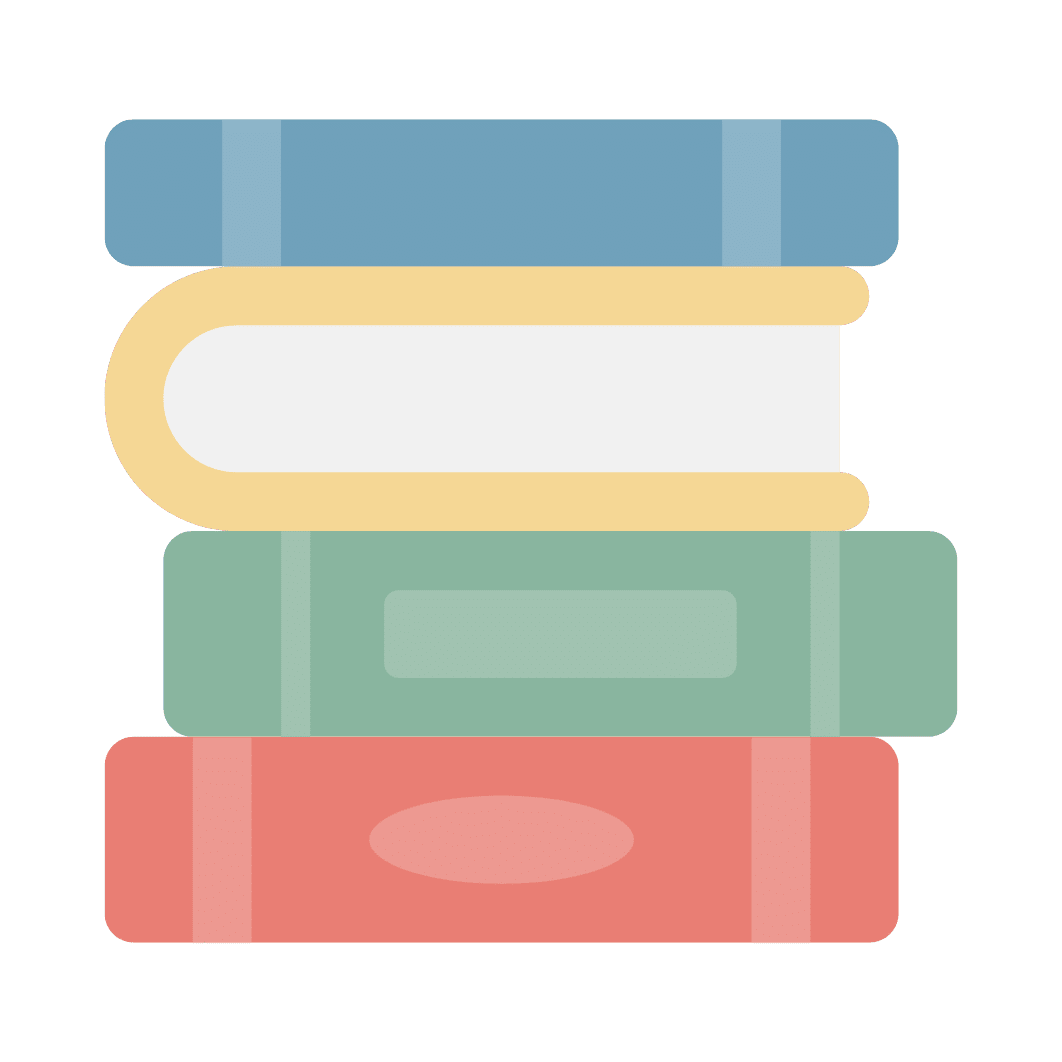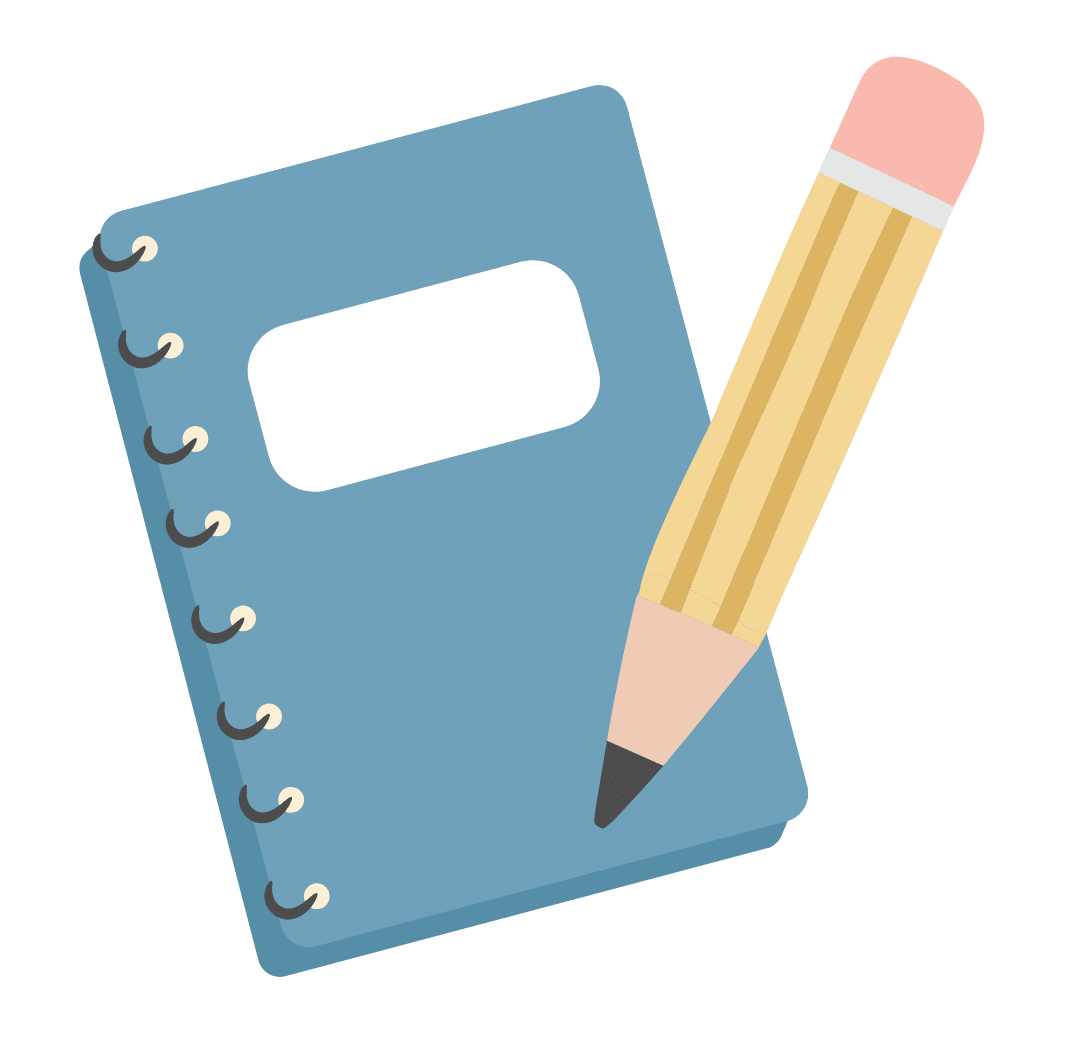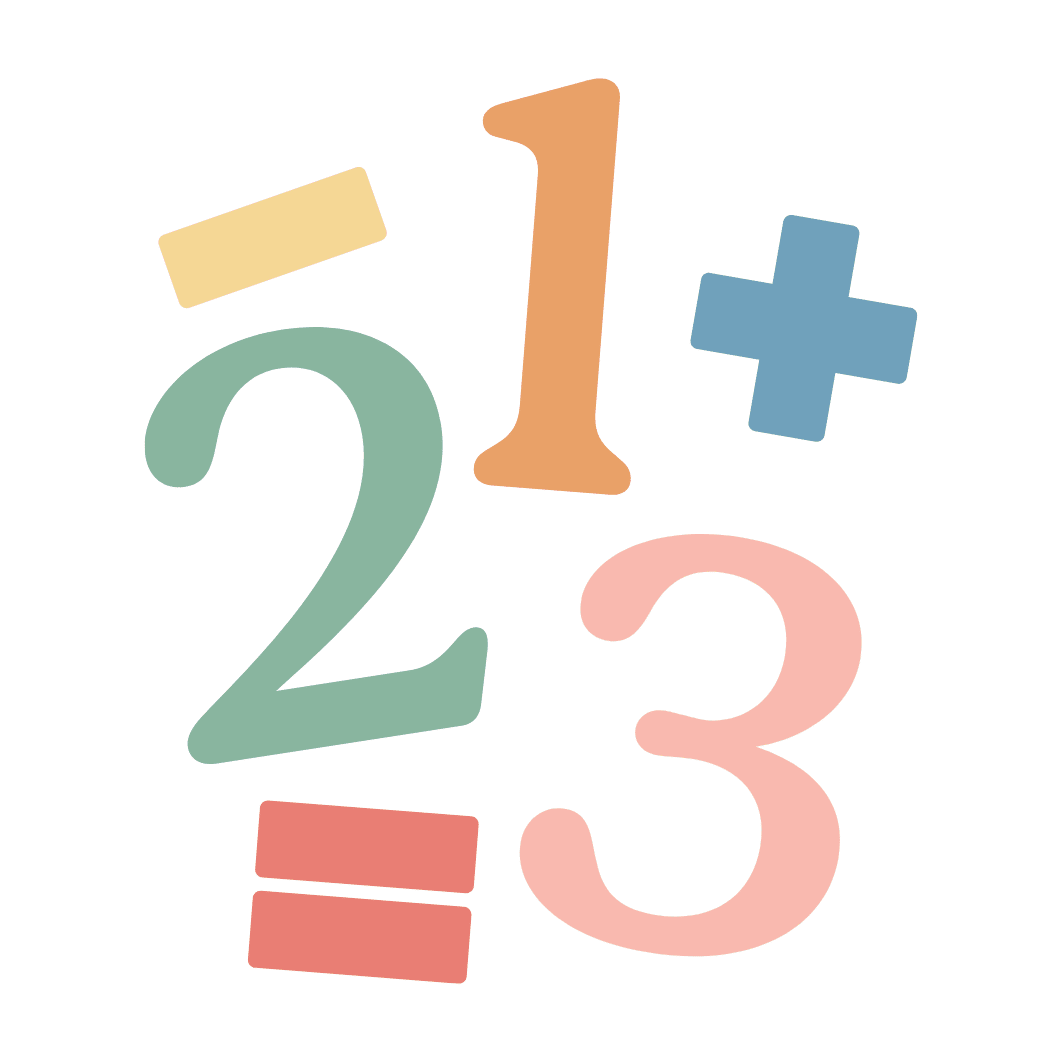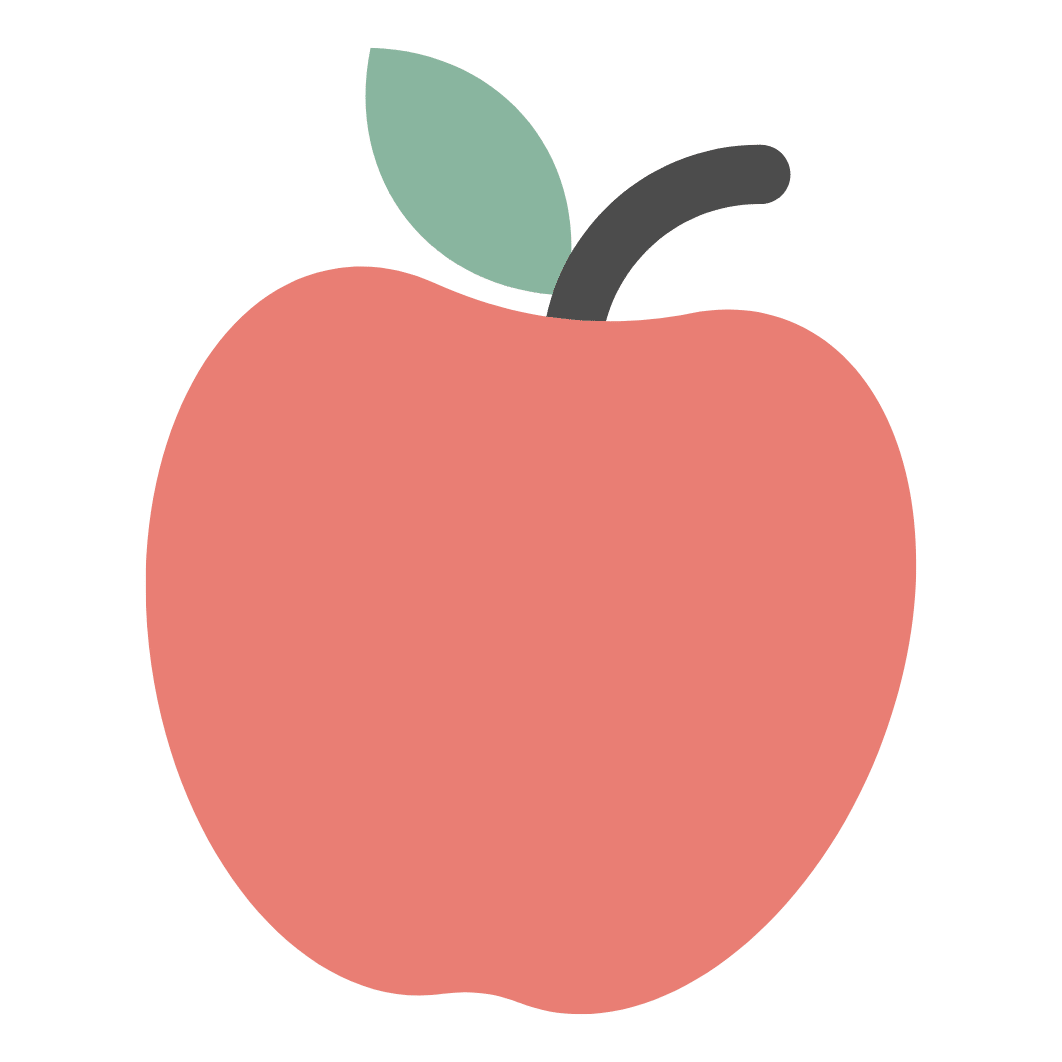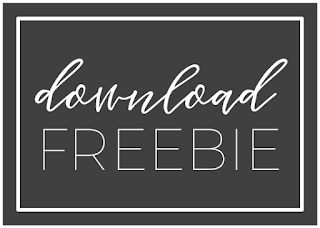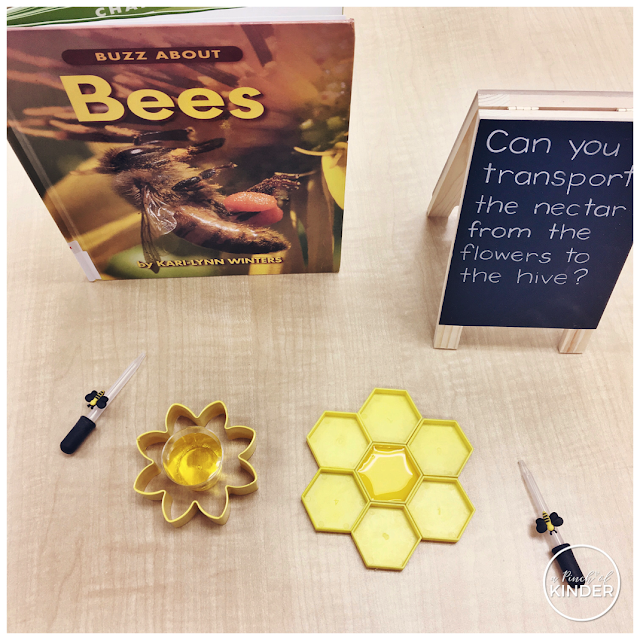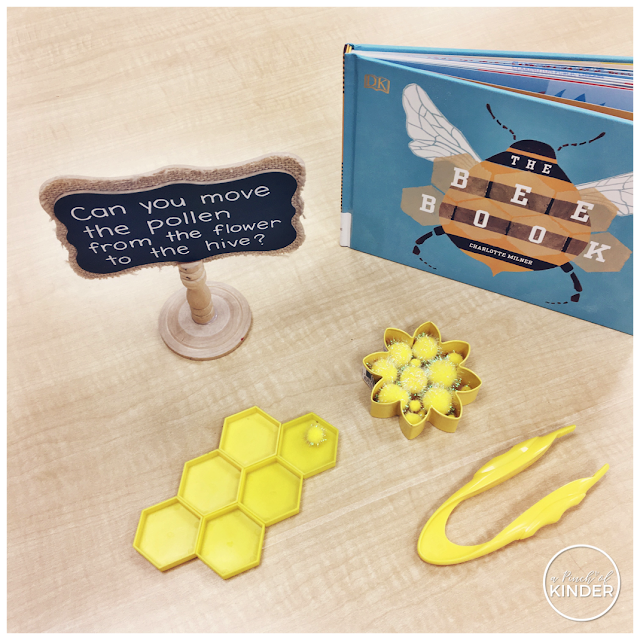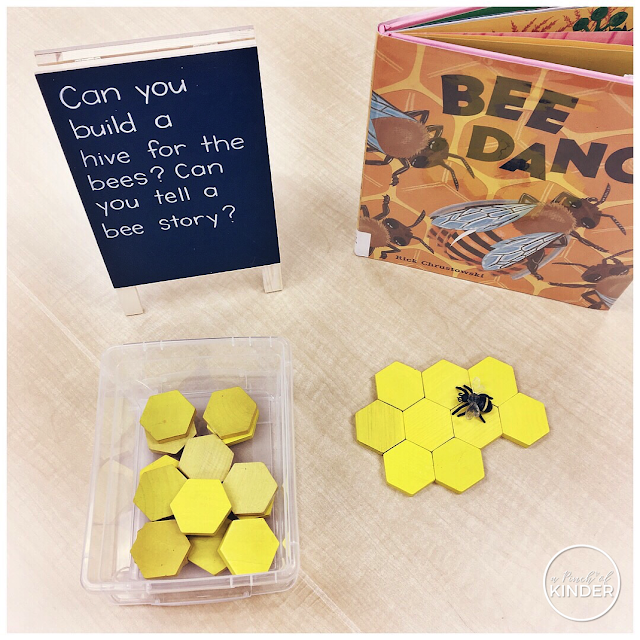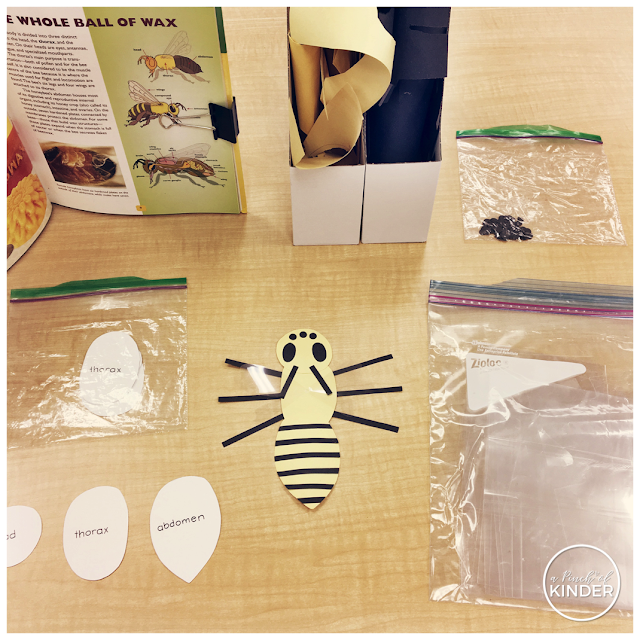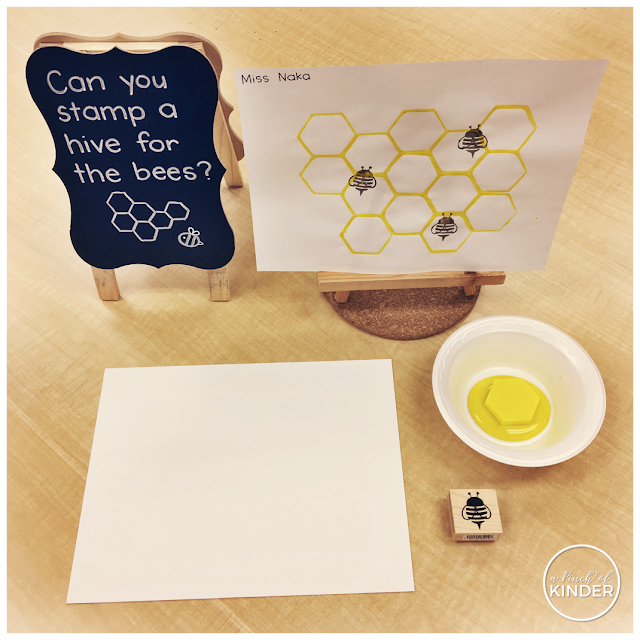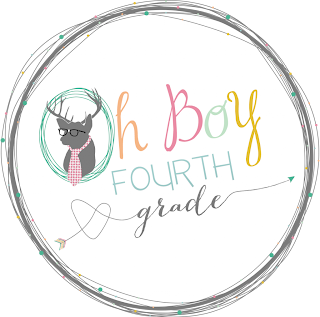Inquiry: Bees
Hi guys! I’m here to share all about our bee inquiry that we just wrapped up in our classroom.
It all started when we were learning about where bees go in the winter during our animals in winter inquiry. You can read the blog posts for that inquiry here (part 1) and here (part 2).
When we were learning about what animals do in the winter, the question I had was “where do bees go in the winter?” We read a website and found out that the bees stay in their hives and they huddle around the queen bee. The worker bees work together and rotate being on the outside of the huddle and near the middle so they don’t freeze but the queen bee always stays in the middle.
After we learned this one of my students asked “Why doesn’t the queen bee have to move? Why is she so important?” I thought that was a great question and since we were just finishing up our animals in winter inquiry, I thought it was a great time to move on to the next one!
So first, we started with a K-W-L chart. First we recorded what we already knew about bees. Then the students shared what they were wondering about bees. I recorded the information on sticky notes and put them on the K-W-L chart.
Then I took those questions, grouped them in categories and started researching and lesson planning! I reserved books at my local library and also asked my librarian at our school to pull some books about bees for us. I also hopped on Pinterest for some art and centre ideas. After I gathered my books, I read the books and started to plan my lessons.
Here is what I came up with. You can download my bee inquiry plans to use a reference if you need ideas for planning your own inquiry! Click here or on the image below:
For the first lesson, we read “Give Bees a Chance” by Bethany Barton (which I highly recommend, lots of cool facts and it’s written with lots of humour, great for Kindergarten!). We talked about why bees sting us (self-defense) and then I invited any student who wanted to to come to the guided table and write a sentence about something new they learned about bees from the book.
Here are just a few examples:
“I learned that bees have 5 eyes.”
“I learned that bees have 2 stomachs.”
You can find these inquiry writing sheets in my “Inquiry Writing Templates for Kindergarten” pack. You can click here if you are interested in checking it out!
The next day we read a page from “Buzz About Bees” by Kari-Lynn Winters to learn about what makes the queen bee important. Then we wrote what we learned on the easel. During centres, I had the girl who originally asked the question about queen bees come and record the information on paper and add a picture so that we could display our new learning on our inquiry board.
The next day we read the book “Bee Dance” (which was suppose to be lesson #4 but I switched lesson #3 and #4 from my original plans because I wanted to introduce the centres that go with lesson #4 earlier) and learned why bees fly and how they communicate with other bees.
Then I introduced these three centres:
1. NECTAR TRANSPORT CENTRE
Students were asked to pretend that the eye droppers were bees, suck the nectar up from the flower (the “nectar” is just water with yellow food colouring!) and transport it to the hive. I have these hollow hexagon pattern blocks that were perfect for this activity! The kids absolutely LOVED this centre and it’s great as a small world play/fine motor centre too!
2. POLLEN TRANSPORT CENTRE
We also learned that bees carry pollen back to the hive so we pretended that the yellow tweezers were bees and we practiced flying the “pollen” (yellow pom poms) to the hive.
3. BEE SMALL WORLD PLAY
We used regular wooden pattern blocks, some bee figurines, a grass mat and fake flowers for the students to create their own bee story or to retell “Bee Dance”.
The bee figurines are from Michaels and the grass mat and fake flowers are from Dollarama!
There was lots of amazing stories being created here and I was happy to hear some of them using the vocabulary that we had talked (e.g. nectar, hive) about during our inquiry lessons!
We also jumped ahead the next day to lesson #8 since I wanted to put this craft out asap during centre time! We that bees have three body parts, the head, the abdomen and the thorax. Then the students were invited to show the three body parts and look closely at the book/example to create a realistic bee! I provided tracers for the head, abdomen and thorax and some punched out circles for the small eyes (I used our hole puncher). Everything else they had to cut out themselves! It was a bit of a challenge for some of them but they did a great job! And they all came out so unique!
Here is a picture of the set-up for the centre. I had the students use laminating film scraps for the wings. You can see the students’ paper bees on the bulletin boards at the end of this post!
I also put out this invitation to draw and label a bee as one of our centres! My kids love to draw so this was a perfect way to have them practice drawing realistic bees and identifying their body parts.
I drew and made the directed drawing cards myself (I also made a more cutesy bee, not pictured here). I’ve had some requests to share these so I made them both available as a free download. You can click here or on the image below to grab them!
Next we moved on to lesson #3 and #5. We read “The Bee Book” by Charlotte Milner and investigated why bees come out when it’s summer and why bees make honey. We then recorded our new learning and added the writing to our bulletin board.
The next day I set out this invitation to create a hive for the bees with paint!
Students were asked to stamp the hexagons with yellow paint on the first day to make the hive and let it dry. The next day they were invited to add paint to the bee stamp and stamp on some bees!
The bee stamps didn’t show up well if there was too much paint on them, so I made sure to model to them how to use a paint brush and brush paint thinly on the bee stamp. I also had them practice stamping on GOOS paper first before stamping on their hives.
I got the bee stamp from Michaels.
Lastly, we read about how wasps and bees are different from “Buzz About Bees” (we used this book a lot during this inquiry!) and created a t-chart as a class. Then we had the students who had this wonder originally come and record some of the information we learned to display on our bulletin board.
Here is a look at our bookshelf during our bee inquiry! Some books we read together and some were for independent reading during centre time.
Finally we transferred our work from our inside bulletin board to our outside bulletin board to make space for new inquiry documentation and to share our work with the rest of the school!
I printed some pictures I took while students were playing at centres and had some students come and write about what they were doing. We talk about the purpose behind this (so when other teachers and kids from other classes are looking at our bulletin board, they will know what we were doing) and the kids get really good at explaining what they were doing!
The kids also made these egg carton bees with our CYW placement student (who is FANTASTIC. I have her for one more week and I will sure miss having her in our room!!). They LOVED making these and it was also a hands-on way to review the parts of a bee (e.g. it has 2 antennas, it has 3 eyes, it has 3 body parts etc.) The students used yellow acrylic paint to paint the head, abdomen and thorax on the first day, black paint to paint the eyes and stripes on the second day, and added the legs, antenna and wings on the third day.
I had my CYW placement student hot glue the egg cartons, and cut small slits in the egg cartons to thread the antennas, wings and legs into.
And that’s it for this inquiry! Now we have some wonders about the sky (particularly about clouds and thunder) so I’ll be doing some planning over spring break to bring those wonders to life! It also looks like it might lead into a space inquiry! Looking forward to sharing that with you in a month or so!
– Yukari

